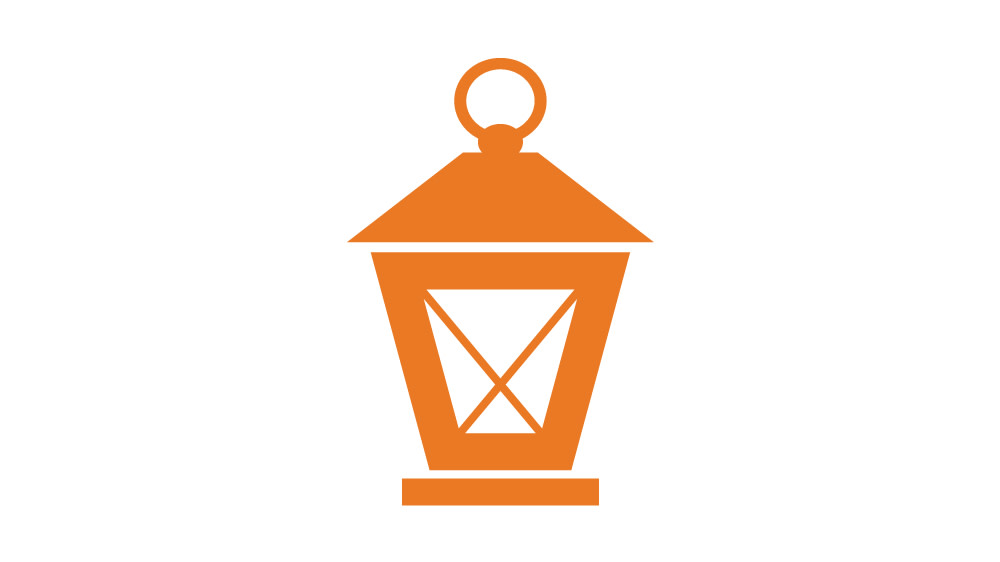Executive Order on the Safe, Secure, and Trustworthy Development and Use of Artificial Intelligence
Many of you may have heard the news regarding a new executive order (EO) from the President on Artificial Intelligence (AI). Without congressional action and the lack of resulting legislation, the President felt that establishing policy and safeguards around AI could initially be achieved with an EO. The order is long (63 pages) and very involved; however, there are a few directives within the order that would impact students. The American Immigration Lawyers Association (AILA) did a good job of breaking down some key components. The AILA article is worth a read, and it includes more details that our team in Government Relations will be following closely.
Sec. 5. Promoting Innovation and Competition.
5.1. Attracting AI Talent to the United States.
(a) Within 90 days of the date of this order, to attract and retain talent in AI and other critical and emerging technologies in the United States economy, the Secretary of State and the Secretary of Homeland Security shall take appropriate steps to:
(i) streamline processing times of visa petitions and applications, including by ensuring timely availability of visa appointments, for noncitizens who seek to travel to the United States to work on, study, or conduct research in AI or other critical and emerging technologies; and
(ii) facilitate continued availability of visa appointments in sufficient volume for applicants with expertise in AI or other critical and emerging technologies.
(b) Within 120 days of the date of this order, the Secretary of State shall:
(iii) consider implementing a domestic visa renewal program under 22 C.F.R. 41.111(b) to facilitate the ability of qualified applicants, including highly skilled talent in AI and critical and emerging technologies, to continue their work in the United States without unnecessary interruption.
(c) Within 180 days of the date of this order, the Secretary of State shall:
(i) consider initiating a rulemaking to expand the categories of nonimmigrants who qualify for the domestic visa renewal program covered under 22 C.F.R. 41.111(b) to include academic J-1 research scholars and F-1 students in science, technology, engineering, and mathematics (STEM)
Read more on the AILA website >
ICEF Introduces New Agent Code of Conduct
For those in the field working directly with agents, this will be of interest. It appears this new code of conduct is all about protecting students from fraudulent actors in the field. We are seeing other countries address this issue, it appears ICEF is trying to lead globally by “expanding its accreditation program, which includes a ‘more in-depth’ vetting process for participating agencies and increased monitoring and quality assurance measures carried out by ICEF’s globally distributed Agent Relations team.”
“Having a trusted source of accredited agencies around the world is imperative, particularly at a time when lower barriers to entry have created a proliferation of new agency players,” said Tiffany Egler, executive director for Agent Relations at ICEF.
Get more details on The PIE News >
Unlocking American Competitiveness: Understanding the Reshaped Visa Policies Under the AI Executive Order
This article from the Federation of American Scientists takes a look at the new AI executive order (EO) through the lenses of competition. They break down and attempt to provide analysis of the potential impacts and the beneficiaries under several key provisions in the EO.
The provisions considered herein are categorized under six paramount categories: domestic revalidation for J-1 and F-1 Visas; modernization of H-1B Visa Rules; updates to J-1 Exchange Visitor Skills List; the introduction of Global AI Talent Attraction Program; issuing an RFI to seek updates to DOL’s Schedule A; and policy manual updates for O-1A, EB-1, EB-2 and International Entrepreneur Rule. Each policy change carries the potential to advance America’s ability to draw in international experts that hugely contribute to our innovation-driven economy.
Learn more on the Federation of American Scientists website >

